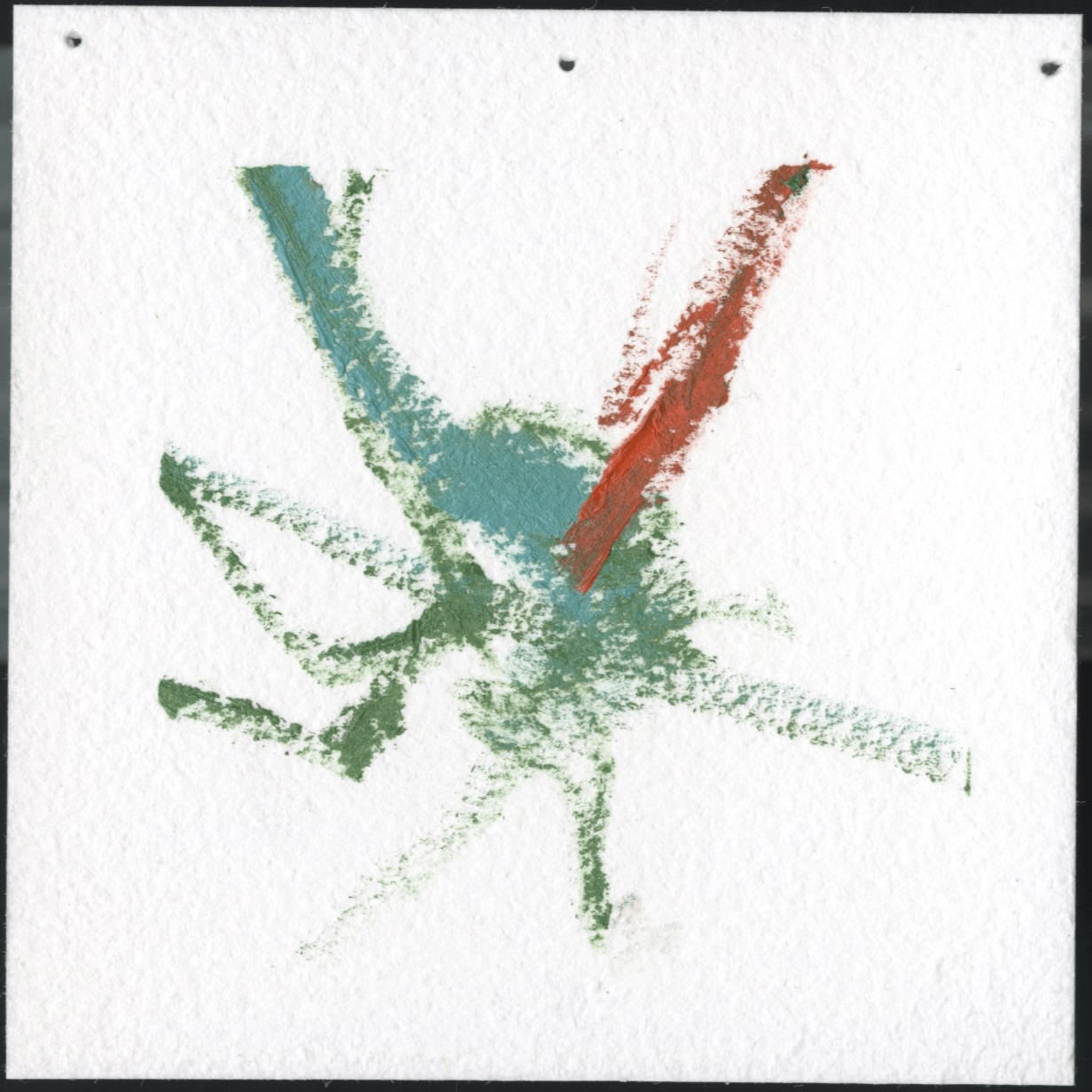Alright – so today we’ve got the honor of introducing you to Daniel Holdridge. We think you’ll enjoy our conversation, we’ve shared it below.
Daniel , appreciate you joining us today. What’s been the most meaningful project you’ve worked on?
The most meaningful project I’ve done was a group show that I curated this April (2025). A few close friends gave me the opportunity to show their work in my own home, and a lot of friends, acquaintances, and strangers gave us their time to look at it.
Almost a year ago I had a conversation with a friend and mentor. We talked about the nature of working as an artist. How do you make a living? how do you wear all the hats? I knew I needed to bolster my CV and resume, and gain experience outside of school. I had to prove that I had the chops for grad school, career jobs, higher paying commissions, whatever. I couldn’t see a way to get a gallery or studio to pay attention to me, and toss me a gig curating or art handling, or anything really. In the course of our conversation, my friend suggested a simple idea: do it yourself.
I hadn’t considered that in the least. The art world wasn’t something suited to DIY. It was something that you needed to get dressed right and show up on time for. I’d figured that curating a show would require a decent amount of rain-dancing, palm greasing, and general sucking up. Little had it occurred to me that an art show is precisely what you make of it: it’s a hundred notable artists in the New York Gagosian or its the prints that your college friends made, hung up on your living room wall.
This pivot led me to brainstorm, drawing on the checklists I’d been responsible for when hanging shows at my alma mater and the couple brief internships I’d worked. I texted a few select artist friends and told them I wanted to curate them. I made a list of snacks. I developed a timeline, figured out where to source my hanging materials from, and collected the work. Things started to fall into place–not because I lucked out, but because I was intent on making this thing work.
And work it did. I saw a frankly impressive turnout, and I saw people paying attention to contemporary art without theoretical bottlenecks or emotional hangups. They came because no art exists outside of relationships. The future of contemporary art is tied up in this idea, somehow. I really believe that, and now I know that other people do too.

Daniel , before we move on to more of these sorts of questions, can you take some time to bring our readers up to speed on you and what you do?
At heart I’m a draftsman. I got into it copying from and coloring in comic books. After that, I love to read, and I read widely. A healthy dose of continental philosophy in high school, followed by a sizable portion of art theory and criticism in college, topped off with a lifelong love of sci-fi, fantasy, and postmodern lit. Art, whether writing, pictures, or music, was always too magical a thing for me to avoid. I wouldn’t have made it far as a business major or a psychologist, or even a philosopher.
As for what I make: these days it’s mostly drawings, jazz fusion, origami, flash fiction, and places to show all of the above. My senior capstone project was a little bit of all of this combined. I run an artist group at my church. I’m pulling together writers for a zine in the fall. I’m trying to honestly remind people that art abhors a vacuum even more than nature does, so much so that it cannot possibly exist without the perfect lack of a vacuum. Art, same as any given human being, doesn’t just appear out of nowhere. You have to have some history first. So I guess I’m trying to historicize us, or something. It’ll get clearer the longer I do it. I’ll keep you posted.
I’m proud of my capstone, really. Easily the most anti-vacuum thing I’ve made. The goal with a work like that isn’t to make the best thing you’ll ever make, for me at least. It’s to make the best thing you’ll ever make possible. And I did that pretty well. I now think it’s possible that there will be a ‘best thing’ that I make. But I truly hope I never make anything that’s my best until right before I die. I’m a people pleaser and I don’t think I could handle the pressure.
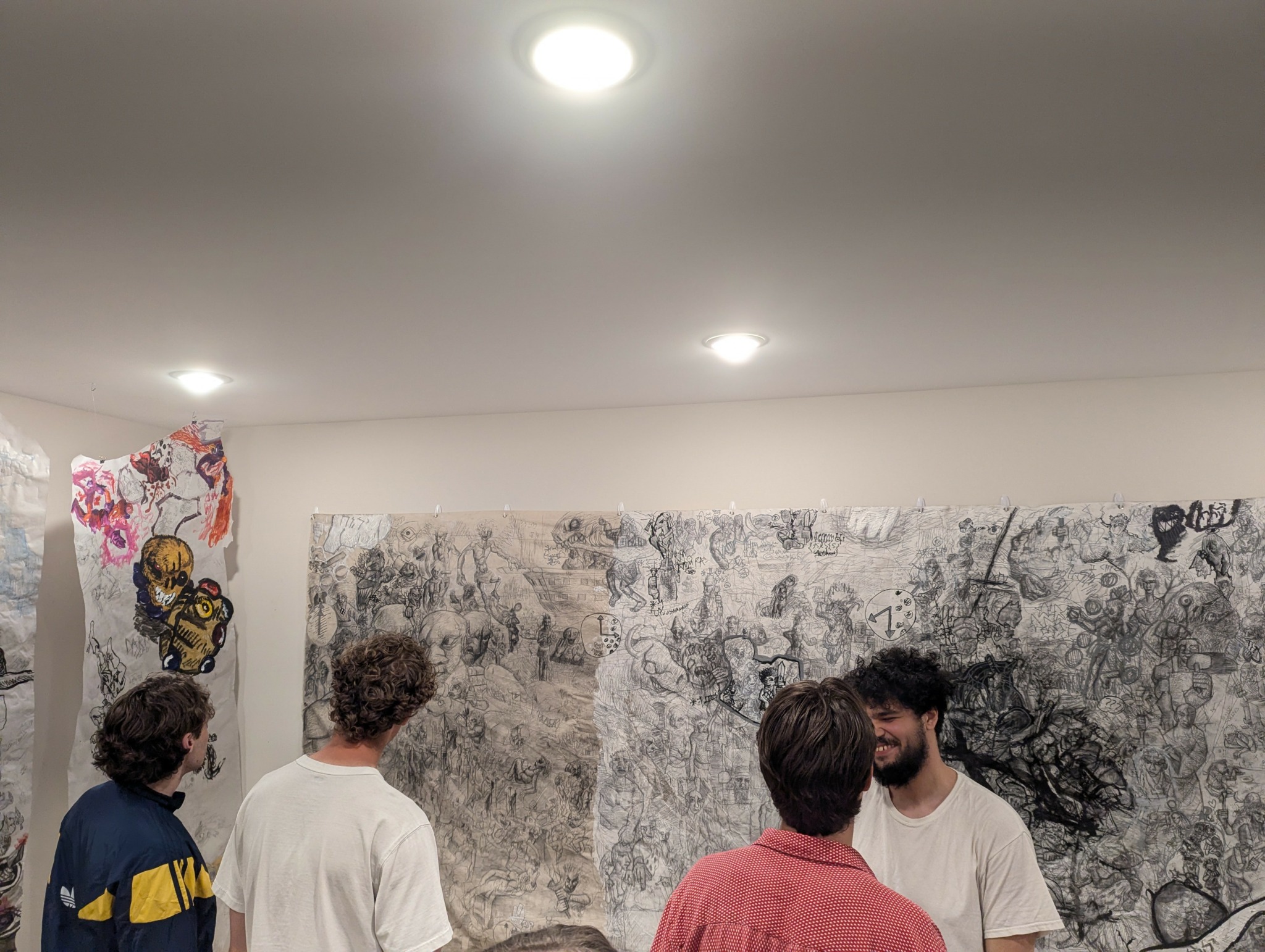
In your view, what can society to do to best support artists, creatives and a thriving creative ecosystem?
To support artists people really just need to show up. Both physically and financially. Find shows nearby, or art markets or whatever and go to them. Buy stuff and follow some social media accounts. That’s the bare minimum baseline. Nothing happens if people aren’t showing up for stuff. No single piece of art or art historical movement has ever happened in a neat little box, and thus we artists really need the mess of wider society. Historically, artists can be a bit insular. It just happens–we like our people. This is no excuse, however, and we need the populace to bring themselves into this stuff. Art should always be a sort of haphazard and interdisciplinary meshing of interests and personalities and commitments. This only happens when lots of different kinds of people take the ‘show-up’ mentality to heart and make it their business to be in artist’s spaces. So show up.

Is there something you think non-creatives will struggle to understand about your journey as a creative?
I’ll try and address a misconception that I had in my teens and that remains lodged in a lot of folks’ brains. It’s the implication that an artist as such is qualified by the following: a practice structured around one or two particular techniques or skills, corresponding to a specific job title or academic background, and paired with a production line-esque commitment to replication of an object over and over and over. We see this conception of ‘artist’ applied to everyone from Jackson Pollock to Jack Kirby. The expectation for a successful artistic life is that you’ll figure out some type of miracle formula that puts your technique to use and then you’ll sell a ton of paintings or drawings or books. Admittedly, some artists do live like this, and it’s fine! Nothing bad about appreciating your relationship to art in this way. However: it has been the prevailing view that this is the path of success for an artist. That’s what we want history to tell us, and it’s what school might tell you, and it’s certainly what a market will tell you. It impacted me heavily as a kid, and I became obsessed with being an illustrator. I thought it was the only way to get by–technique, product, persona. Boom. Five or so years down the line, my practice has expanded far beyond illustration. Illustration isn’t even my main source of income post-college–I would say that the most artistic thing I’ve done as of late has been writing, actually. I think a non-creative, in whatever capacity that term may describe someone, should know that the work of art is necessarily eclectic. Artists are good at lots of stuff, sometimes stuff that seems to have infinite degrees of separation, but they excel at weaving it all together. I share this because I think most people actually have a far deeper understanding of being an artist than they expect. At the end of the day, artists are trying to slow you down a little and beckon you into a place where things that you didn’t think could exist do, indeed, exist. They exist because someone bothered to wonder why they didn’t. So my journey as a creative has been eclectic, and that’s probably the most important thing about being an artist. Read, listen, view, and converse widely.
Contact Info:
- Instagram: d.hldrg
- Other: Substack: Daniel Holdridge/ weird maps
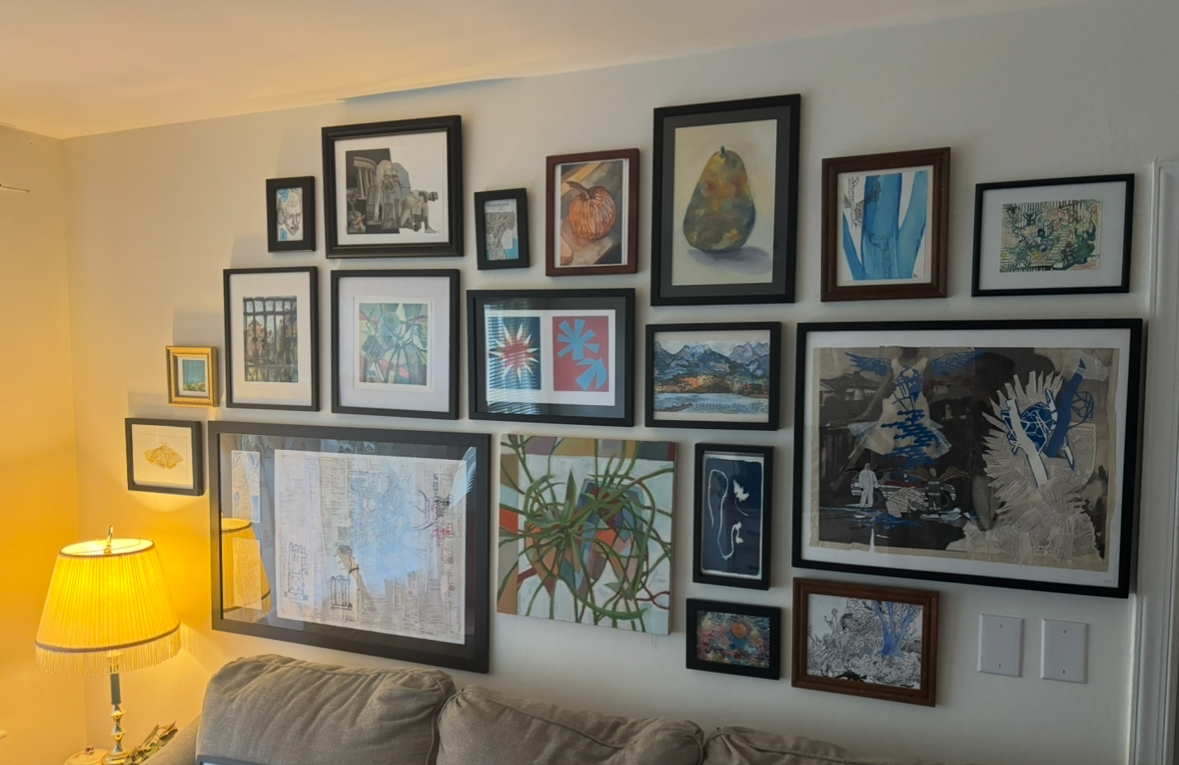

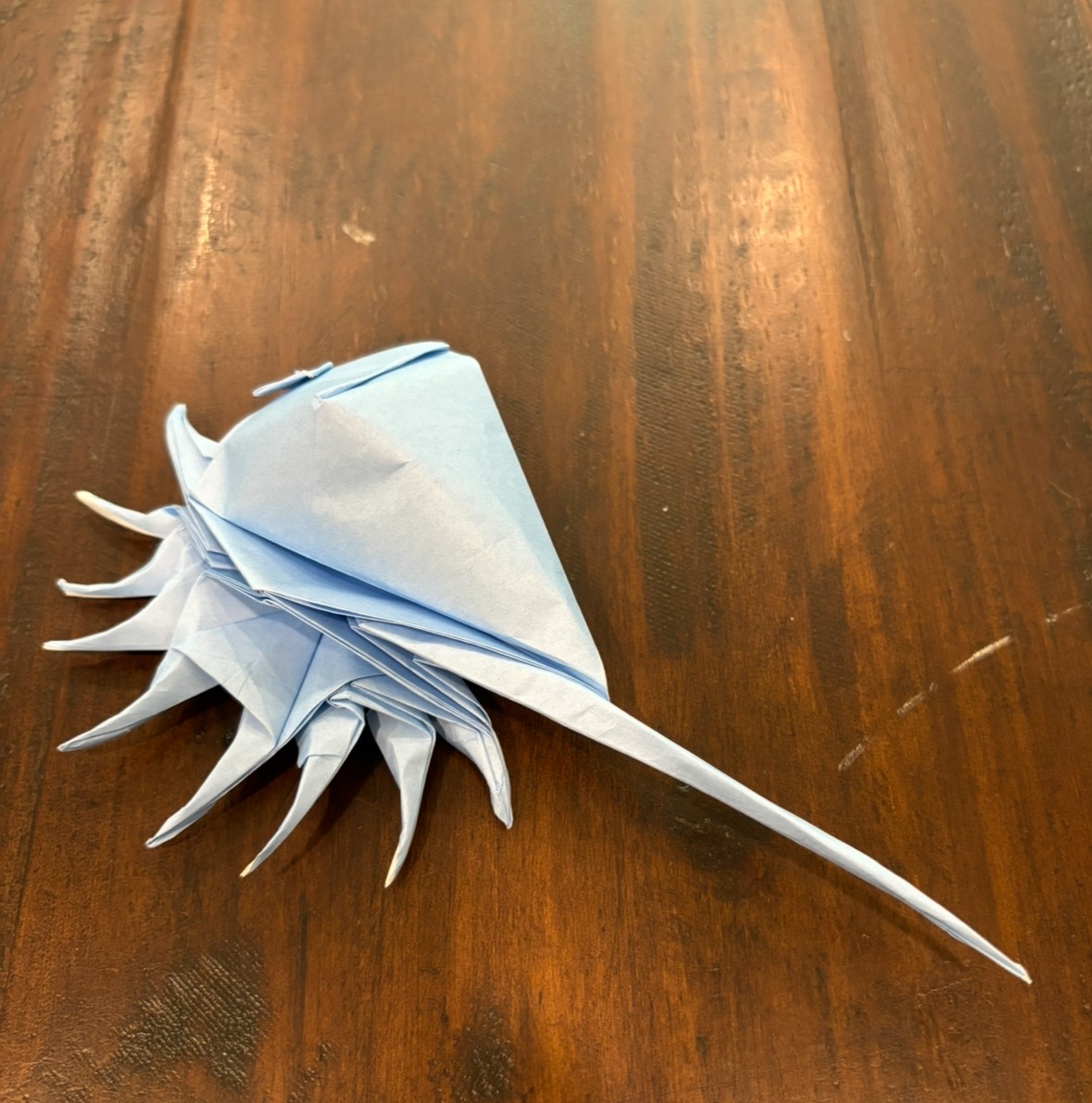
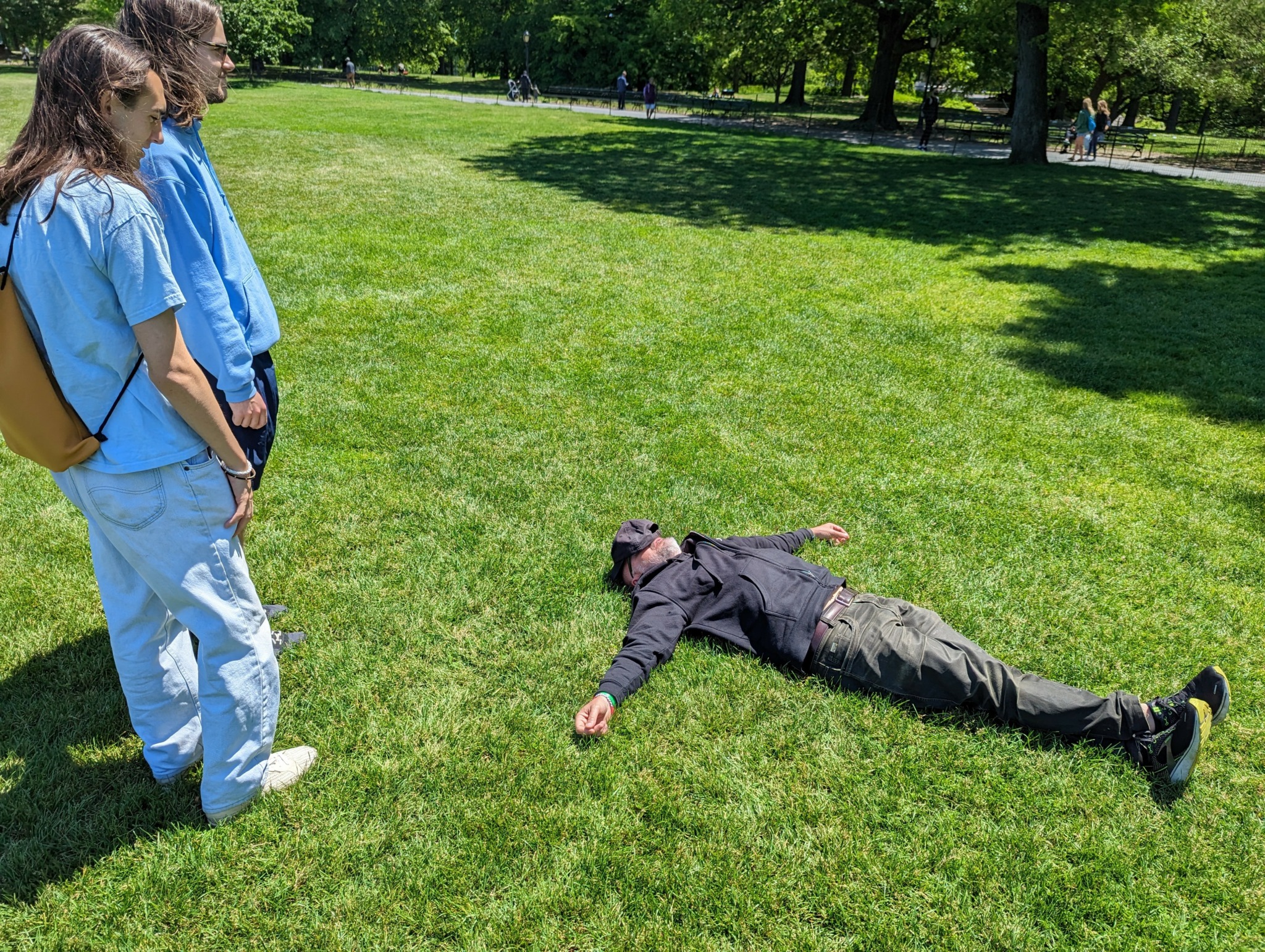
Image Credits
All photos taken by me!


